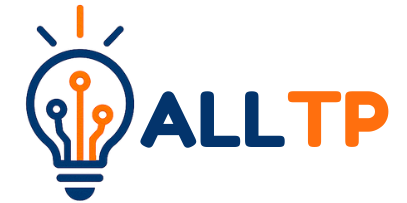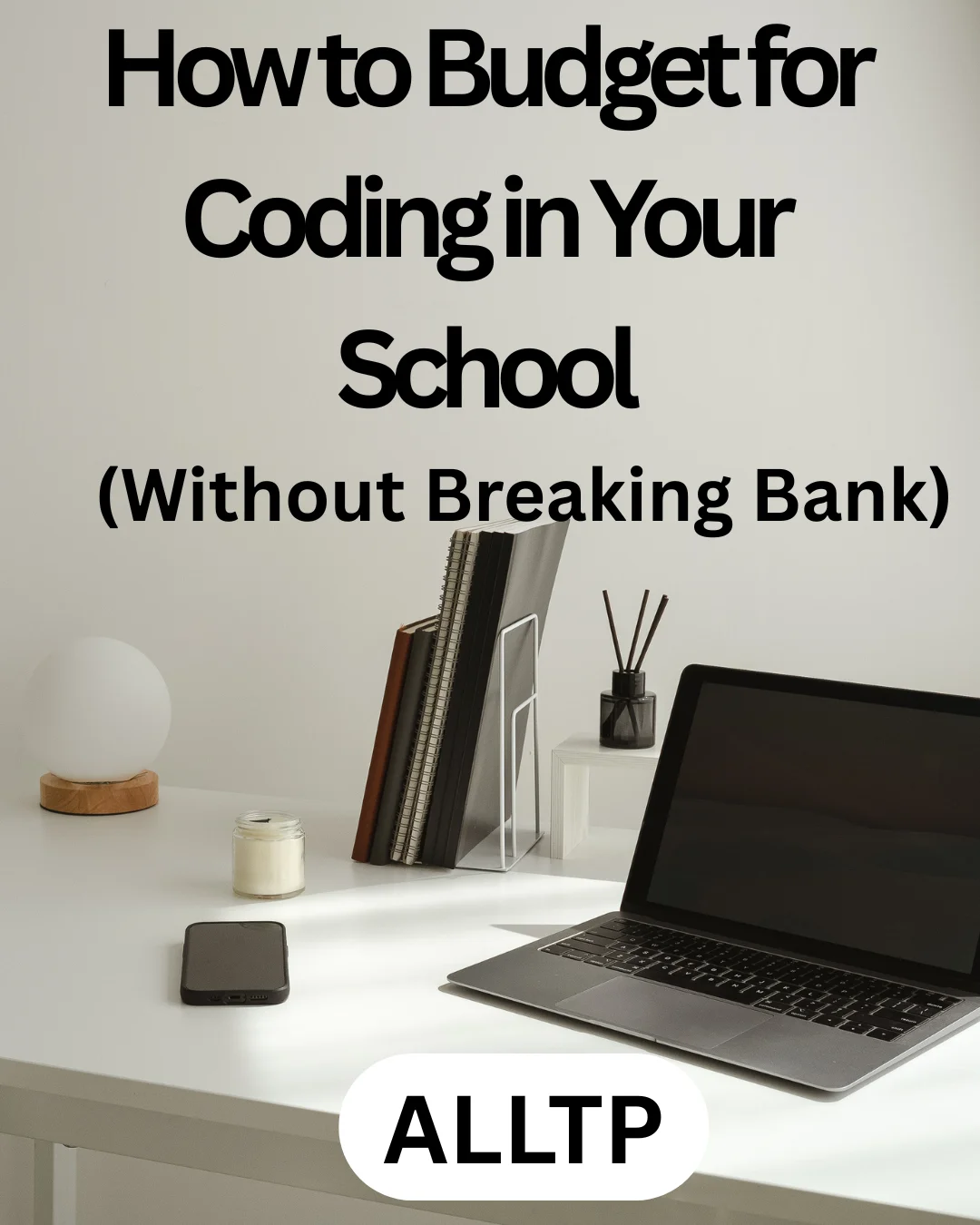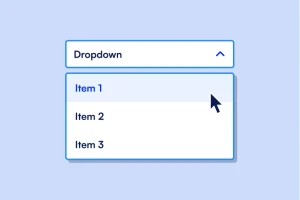In today’s fast-changing digital world, coding has become as fundamental as reading and math. It’s not just for future software engineers; it’s a skill that sharpens problem-solving, creativity, and critical thinking for learners of all ages. Schools that introduce coding give their students a competitive edge in both academics and future careers.
However, many schools hesitate to start coding programs, fearing the high costs of devices, software, and specialized staff. The truth is, budget constraints should never stand in the way of preparing students for the future.
With careful planning, smart use of existing resources, and the right partnerships, schools can successfully bring coding into the classroom without breaking the bank. At All Things Programming, we make this possible by helping schools utilize what they already have and training teachers at zero cost, removing the biggest financial and technical barriers to starting a coding program.
1. Assess Your Current Resources
Before investing in new equipment or software, take stock of what your school already has. Many institutions are surprised to find that they can launch a coding program with the resources already on hand.
Start by listing all available computers, tablets, or other devices, even if they’re older models. Many beginner-friendly coding platforms, like Scratch or Code.org, run smoothly on modest hardware. Next, evaluate your internet connectivity, both speed and reliability, to ensure it can support online learning tools.
To see how we design lessons that fit within Kenya’s classroom environments and available resources, visit What Makes Our Coding Curriculum Unique for Kenyan Schools, it explains how our program adapts to local challenges while keeping learning fun and effective.
Finally, look beyond equipment and consider human resources. Identify teachers who are tech-savvy or simply enthusiastic about learning new skills. Their willingness to adapt and experiment is often more valuable than advanced technical knowledge at the outset.
2. Set Realistic Goals for Your Coding Program
Launching a coding initiative doesn’t mean transforming your entire curriculum overnight. Begin by deciding on the scope. Will you start with simple coding lessons for younger students, integrate it into computer studies, or aim for a broader STEM program that includes robotics and engineering concepts?
A phased rollout can make implementation more manageable and budget-friendly. For example, start with one grade level or a single club, then expand once you’ve built momentum and secured more resources.
Most importantly, set achievable milestones. Instead of aiming for expensive, large-scale projects in the first year, focus on small wins, like completing a student-led coding challenge or hosting a school coding day. These successes will build excitement and lay the foundation for growth.
3. Maximize What You Already Have
One of the most effective ways to keep costs low is to make full use of the resources you already own. A computer lab that sits idle for part of the day, a multipurpose room with a projector, or even shared laptops can become the foundation for a vibrant coding program.
Free or low-cost tools like Scratch, Code.org, and Tynker allow students to start coding without expensive software licenses. These platforms are designed to be engaging, beginner-friendly, and accessible on most devices.
At All Things Programming, we specialize in helping schools launch coding programs by working with what’s already available. We utilize your existing infrastructure, meaning you don’t need to invest in new devices or facilities to start teaching coding. This approach makes it easier for schools to begin immediately, without waiting for a large budget.
To learn how schools can benefit from cost-effective programs that deliver lasting impact, explore our Affordable Coding Curriculum Tailored for Kenyan Schools, built specifically to make digital education accessible across the country.
4. Train Your Teachers Without the Cost Barrier
A successful coding program depends on teachers who feel confident leading it. Without capable educators, even the best equipment and software won’t translate into meaningful learning for students.
Teacher training doesn’t have to come with a hefty price tag. Free webinars, online courses, and peer-to-peer mentoring can provide the knowledge and support teachers need to guide students through coding projects.
At All Things Programming, we remove one of the biggest obstacles by training teachers at zero cost to the school. This means you can start your coding program without hiring expensive IT staff or sending teachers to costly workshops. By empowering the educators you already have, your school can build a sustainable coding culture from within.
5. Explore Grants and Sponsorships
Even with careful budgeting, external funding can help schools expand their coding programs faster. Start by researching local and international STEM education grants; many government agencies, non-profits, and foundations offer financial support for technology and digital literacy initiatives.
Partnerships can be just as valuable as grants. Tech companies, universities, and community organizations often provide equipment donations, mentorship programs, or curriculum resources in exchange for community engagement and visibility.
When applying for grants, focus on writing clear, compelling proposals. Outline your goals, the impact on students, and how the funding will be used. Including measurable outcomes, such as the number of students who will learn coding or the skills they’ll gain, can make your application stand out.
6. Start Small, Scale Gradually
Launching a coding program doesn’t have to be an all-or-nothing effort. Begin with a pilot class or after-school club to test the curriculum, identify challenges, and see what works best for your students and teachers.
Collect feedback from both groups during the pilot phase. Students can share which activities they enjoy most, while teachers can highlight areas that need more support or resources.
Use the success stories from your pilot program, such as student projects, competitions, or improved engagement, to build credibility. These early wins can help secure additional funding, attract community partners, and justify scaling up your program across more grades or subjects.
7. Track Impact and Adjust Budget
To keep your coding program sustainable, you need to know what’s working and where improvements are needed. Regularly monitor student progress, look at participation rates, project quality, and overall engagement levels. These insights will help you refine your teaching approach and curriculum.
Review your spending at set intervals to identify areas where you can cut costs or reallocate funds to higher-impact activities. For example, money spent on underused software licenses could be redirected to teacher training or student competitions.
Sharing measurable results with school administrators, parents, and community stakeholders builds trust and support. When people can see tangible benefits, such as improved digital skills or creative projects, they’re more likely to back your program with time, funding, or resources.
Conclusion
Introducing coding into your school doesn’t have to drain your budget. With a clear plan, a focus on existing resources, and strategic partnerships, you can create a program that equips students with valuable skills for the future.
By being resourceful and tapping into support from organizations like All Things Programming, your school can make coding education a reality without breaking the bank. The future is digital, and the best time to prepare your students for it is now.




